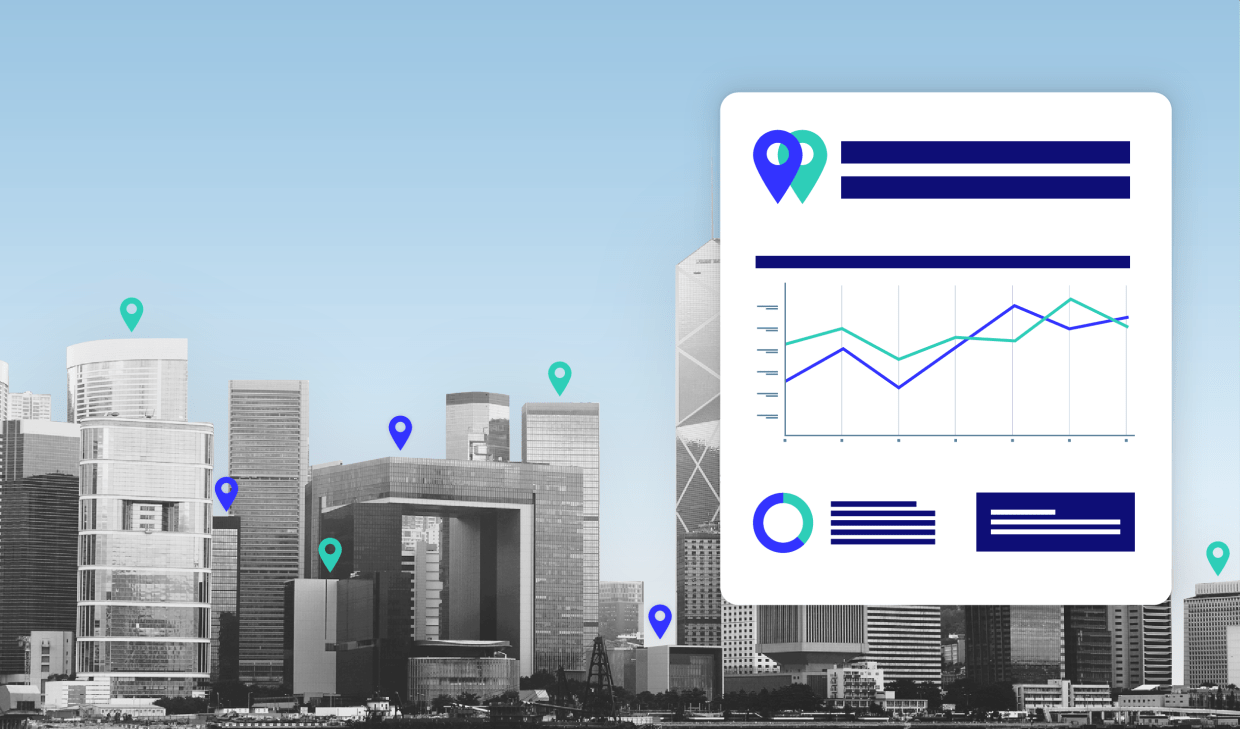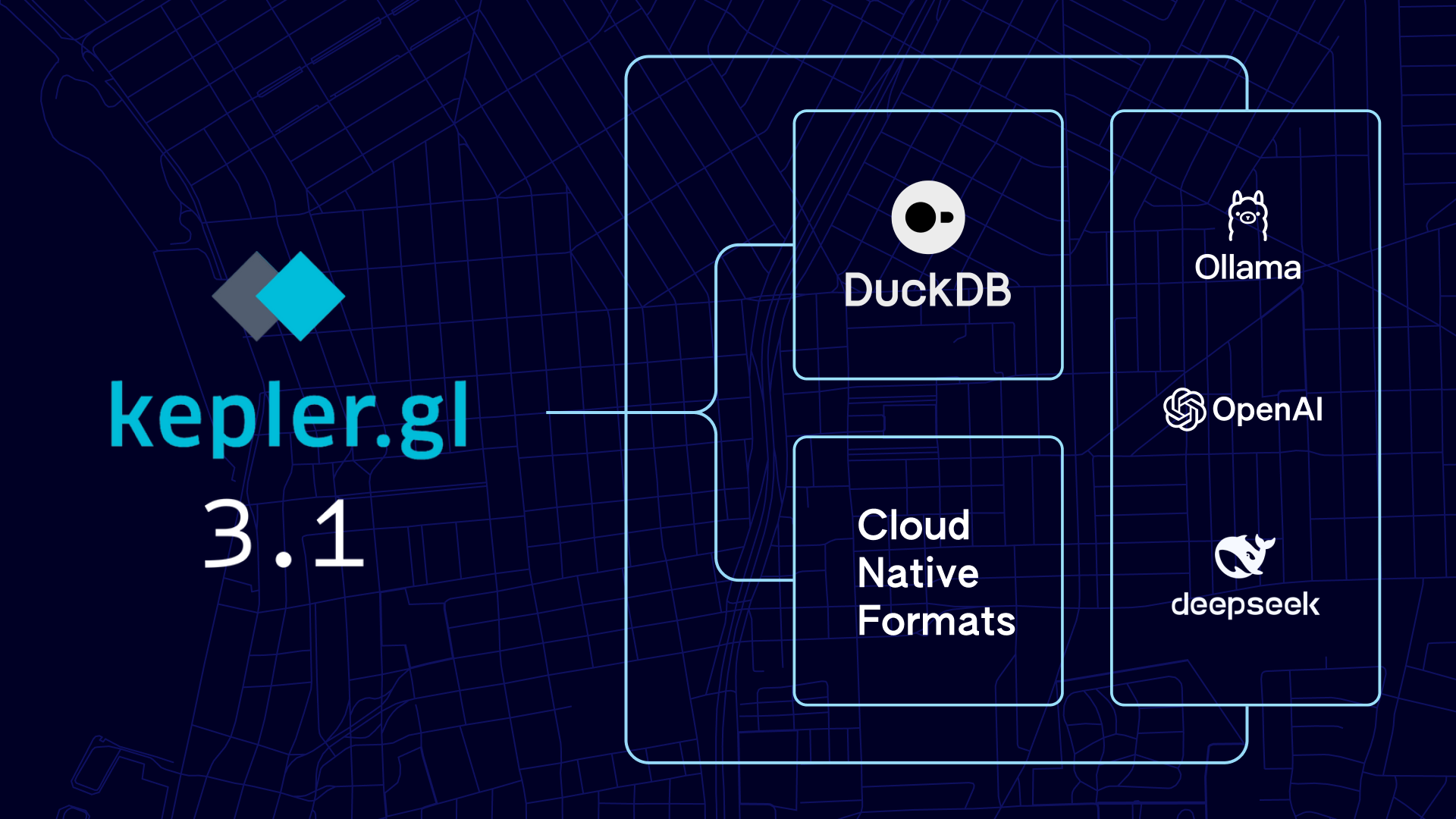In today’s data-driven business landscape, location intelligence plays a pivotal role in enabling organizations to gain competitive advantage and make informed decisions. One valuable source of information that often goes untapped is Points of Interest (POI) data.
By leveraging POI data, businesses can enrich transactions, enhance customer experiences, open new businesses in strategic locations, manage risks, gain market insights, optimize routes, personalize marketing efforts, improve travel and hospitality services — to name just a few. Depending on how you leverage POI data, the possibilities could be endless.
This is the first part of the two-part Technical Guide to Foursquare Places. This blog discusses the importance of points-of-interest data and what you should consider when choosing the most suitable location data provider for your needs.
Why is high quality POI data important?
Points of Interest (POI) data refers to specific locations or landmarks that hold importance to individuals or businesses. These can include restaurants, hotels, shopping centers, gas stations, and more. POI data provides valuable information such as addresses, coordinates, ratings, reviews, and categories, making it a valuable resource for businesses.
However, inaccurate and outdated POI data can have a range of consequences. For example, incorrect or outdated information about nearby amenities, schools, transportation, and services can lead to inaccurate property valuations. Buyers and sellers may make decisions based on unreliable data, potentially impacting property values.
Other detrimental business outcomes include substandard user experience, loss of prospects due to poorly targeted marketing, and inefficient resource allocation, among others. In fact, a recent study by Gartner indicates that organizations attribute an annual average loss of $15 million to issues stemming from inadequate data quality.

Unfortunately, most POI databases and sources often fall short in providing sufficient or precise location information. Businesses open and close, addresses change, and new places are created regularly. Additionally, POI data can come from a variety of sources, including user-generated content, government records, business listings, and more. These sources can have different formats and standards, making it challenging to consolidate and maintain a consistent dataset. Ensuring compatibility of these data formats to applications and services, as well as keeping track of daily changes, requires dedicated technical resources and technological investment.
Additionally, strengthened policies and recent efforts towards data privacy and licensing have paved the way for additional restrictions on how data can be obtained, shared, or used. Navigating usage agreements and concerns over data protection can introduce layers of legal and logistical complexity. Also, depending on how POI data will be leveraged, additional details may be useful such as reviews, photos, and other user-generated content. However, collecting such information requires additional effort and resources.
How is POI data used?
In recent years, the use of POI data has become a driving force in various industries, offering a rich tapestry of location-based insights. It aids in effective decision-making, strategic resource management, and enables more tailored and informed customer engagement.
Banking, Financial Services, and Insurance (BFSI)
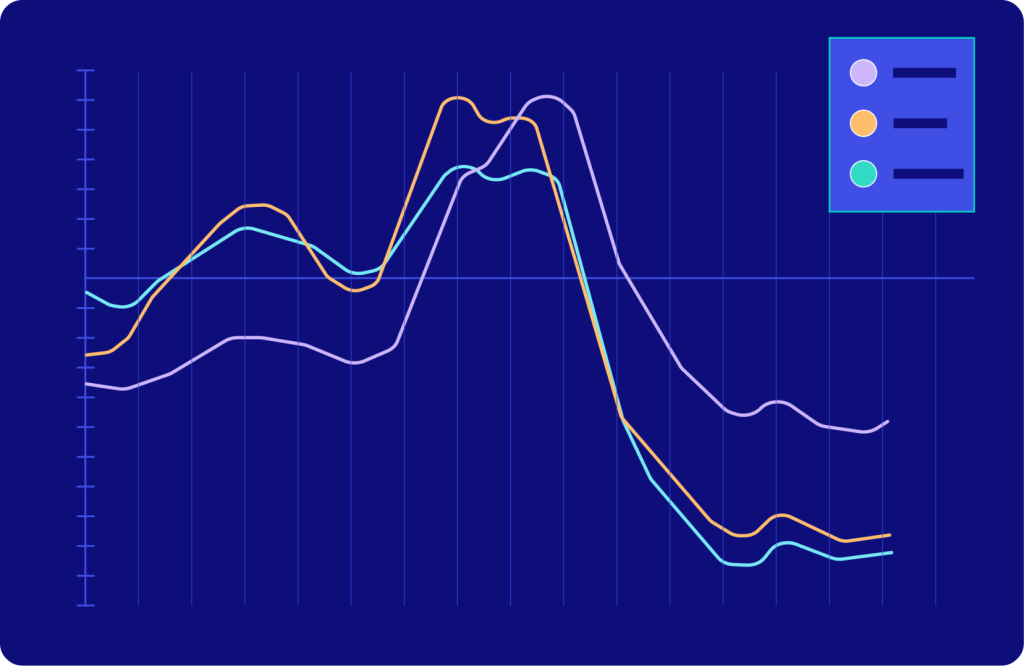
POI data has ushered in a new era of possibilities for the Banking, Financial Services, and Insurance (BFSI) industry.
By leveraging POI data, banks and financial institutions can now provide their customers with detailed transaction data, including the specific location and type of each transaction. This not only enhances the user experience by making banking more transparent but also allows businesses to offer personalized products and services tailored to customers’ spending habits, leading to increased customer satisfaction and loyalty.
POI data is also transforming the way the BFSI sector approaches site selection. By analyzing the location and frequency of transactions around different branches or ATMs, banks can make data-driven decisions about where to locate new branches or ATMs. This strategy optimizes operational efficiency and customer convenience, ultimately driving business growth.
Meanwhile, investors can make informed decisions about where to invest their capital by studying the patterns and trends in POI data. When investors have access to POI data, they obtain insights into a market’s stability, growth potential, and competitive landscape, informing investment strategies and potentially leading to higher returns.
Real Estate
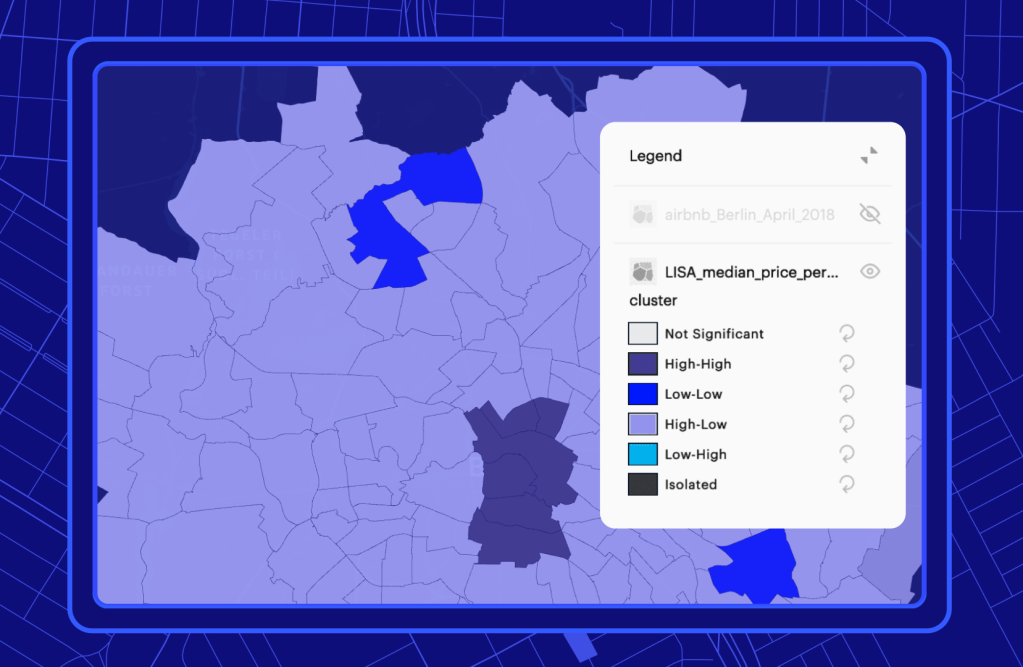
Access to POI data revolutionizes Commercial Real Estate (CRE), addressing the challenge of locating suitable properties. This data offers a comprehensive overview of an area, categorizing various points of interest like restaurants, businesses, and transportation hubs. Property owners can use this information to make informed decisions, selecting sites that align with their target market and desired amenities. Additionally, POI data enables predictive analytics, analyzing trends to forecast property values and market patterns, assisting in better investment decisions and risk mitigation.
Moreover, leveraging places data can transform property valuations. Traditionally, valuations relied on general factors like location and size, but POI data allows for more precise assessments by considering specific local amenities. Properties near popular restaurants or transport hubs, for instance, might hold higher value. This data offers valuable market insights, indicating emerging trends. Analyzing POIs helps identify opportunities like a rising trend in health and wellness based on increased gyms. Furthermore, using POI data for targeted marketing leverages demographic and preference information to attract tenants or buyers, aligning with their interests and lifestyle, potentially leading to increased occupancy rates and property values.
Read this case study on how Yum! Brands use POI data to make smarter site decisions.
Mobility
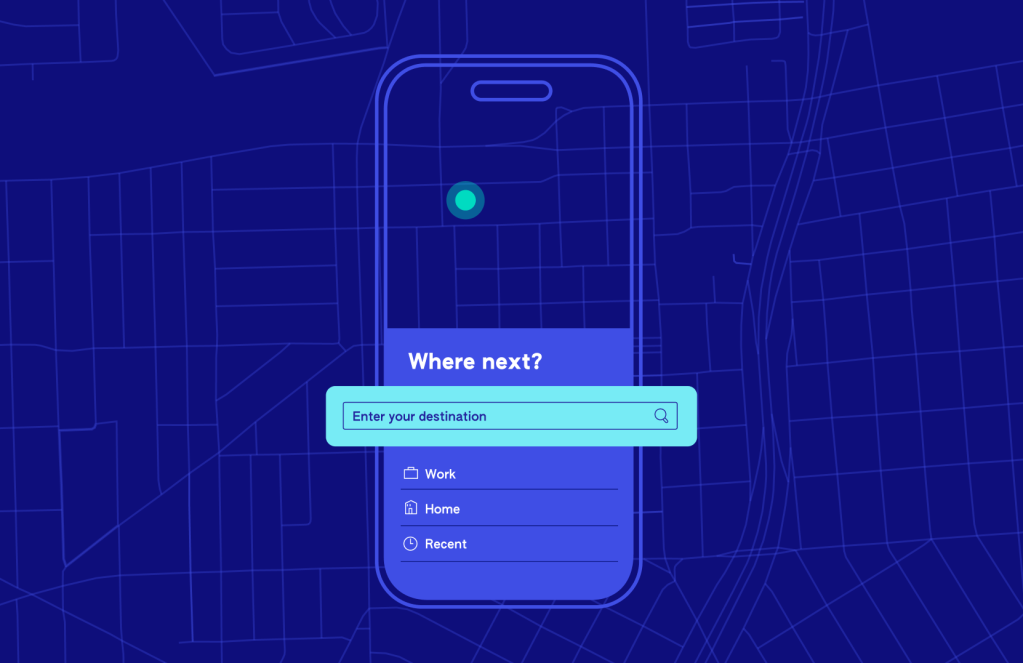
POI data represents a pivotal asset in the mobility sector, profoundly impacting various industries such as automotive, navigation, mapping, ride-hailing, delivery services, and shipping. In the automotive realm, this data aids in refining navigation systems, providing drivers with real-time information on nearby points of interest, fuel stations, and service locations, enhancing the overall driving experience. For mapping and navigation applications, POI data ensures accurate and up-to-date representations of local landmarks, essential service centers, and popular destinations, enabling more precise route planning and efficient travel.
Moreover, in the ride-hailing and delivery sectors, POI data plays a critical role in matching drivers or delivery personnel with customers, streamlining pick-up and drop-off locations. It facilitates optimized route planning, improving operational efficiency and reducing delivery times. For shipping companies, leveraging POI data helps in planning logistics, enabling smarter decisions regarding distribution centers, delivery routes, and estimating demand in specific areas. This data allows for better resource allocation, minimizing delays and enhancing the overall shipping experience for both businesses and customers. Overall, POI data serves as a linchpin in the mobility sector, enhancing operational efficiency, improving customer experiences, and contributing to streamlined services across these industries.
Read this case study to find out how Beat utilizes location data to power their rideshare trips.
Digital Native Businesses and App Building

The integration of POI data has been a game changer for digital native businesses and consumer apps, especially in the fields of social media, digital messaging, and e-commerce. For example, one of the biggest benefits of POI data to social media apps is the ability to geotag content and photos. This not only enhances the user experience but also opens up opportunities for businesses to promote their products or services through targeted ads and deals.
Additionally, POI data in e-commerce offers a spectrum of advantages by enabling precise customer targeting, enhancing personalized experiences, and optimizing logistical operations. Through this data, e-commerce companies can refine their marketing strategies by tailoring offers based on users’ location-based preferences, improving the efficiency of delivery services, and gaining invaluable insights into customer behavior. Leveraging POI data facilitates geotargeted advertising, contextual product recommendations, and the ability to offer localized services, ultimately empowering e-commerce platforms to offer a more tailored and engaging experience, improving customer satisfaction and potentially boosting sales.
To effectively leverage POI data, quality information is necessary. However, obtaining and maintaining accurate, up-to-date, in-depth, and high-quality POI data can be costly and challenging. The good news is that there are several established Places data providers that can offer the information, format, and delivery you need.
Where can you get Places data?
When it comes to harnessing the power of Places data, several key providers stand out, each offering unique advantages and insights into location-based information. Aside from Foursquare, Google, Yelp, and SafeGraph are also prominent providers in this landscape, each offering’s distinctive datasets and user experiences for accessing and utilizing POI data.

Foursquare
Foursquare Places is a proprietary dataset of around 120 million points of interest across more than 200 countries and territories around the world. It is the only POI dataset that is curated from rich user generated content and insights from more than 14 billion explicit check-ins on Foursquare’s consumer-facing apps (Swarm and City Guide). By utilizing three approaches to obtain Places data – human, machine learning, and third party verification – Places provides 2.4 million monthly updates to our data, ensuring that users receive the freshest and most accurate information to help power business decisions.
Aside from precision and freshness, the level of detail that Foursquare Places provides is superior, encompassing more than 115 attributes including location, chain, hours of operation, social media presence, tips, photos, popularity, and more. Foursquare Places delivers these rich attributes with a strong focus on safeguarding consumer privacy. Consumers have clear visibility into and authority over their data, with double opt-in consent and easy opt-out. Read the Foursquare Privacy Policy to learn how Foursquare safeguards data privacy.
Google Places API
Google Places API stands as a key player in the realm of location data, offering developers a robust toolset to integrate rich geographic data into their applications. With a vast repository of place information, Google Places API allows for comprehensive searches and detailed insights into various establishments and landmarks globally. Its diverse features, encompassing place searches, autocomplete, and detailed place information, enable developers to enhance user experiences within their applications, providing seamless location-based functionalities. Currently, Google Places API offers around 26 attributes and 96 POI categories/subcategories.
While Google Places API undoubtedly offers a broad range of features and global coverage, it is crucial to explore providers that offer more comprehensive and in-depth location information. Additionally, outside of its API service, Google does not deliver POI data in other formats.
Safegraph Places
Safegraph is another leading provider of Places data. Safegraph boasts of a reliable POI dataset crawled from open-source web domain and store locators, enriched with data from third party vendors to fill the gaps in POI data. Safegraph is known as a founding member of Placekey, the universal standard unique identifier for places. Safegraph Places provides a comprehensive global Places dataset that encompasses 24 attributes and 400 categories across 49 million POIs. The dataset includes attributes such as location name, brands, Safegraph brand ID, address elements and geographic coordinates, Store ID, phone number, open hours, website, and geometry information, among others.
Safegraph is a good option if you need a dataset that offers geometry information and spatial hierarchy metadata. However, Safegraph Places does not have access to real-world signals through consumer apps that collect human-generated data. Thus, businesses who need rich attributes such as photos, tips, and taste should consider alternatives such as Foursquare Places.
Yelp
Yelp, renowned for its user-generated reviews and ratings, also offers an extensive POI database based on more than 6 million user reviews. Businesses and consumers alike benefit from Yelp’s vast collection of local establishments and services, covering a diverse range of businesses such as restaurants, shops, service providers, and entertainment venues. Yelp’s unique strength lies in its user-generated content, which provides genuine consumer feedback and insights into various locations. This user-driven content makes Yelp a crucial resource for those seeking trustworthy information and experiences about local businesses and services.
Yelp’s dataset, available as JSON files, offers over 1.2 million business attributes like hours, parking, availability, and ambience across 11 metropolitan areas. Additionally, Yelp also publishes aggregated reports on consumer trends, popular businesses, and local insights. Yelp’s dataset is a good option for customers seeking rich attributes based on ground truth data from users. However, customers looking for global POI data that includes both rural and urban areas, and a more diverse set of attributes, may find the dataset lacking.
Choosing the best location data provider to help with your business strategy or power your application is a massive decision. Coverage, breadth, depth, freshness, data quality, and flexibility of delivery are just a few of the key factors that you should consider when investing in a POI dataset.
In Part 2 of this Technical Guide, we will discuss in more depth how Foursquare Places gets location data right.
Authored by: Princess Guzman
